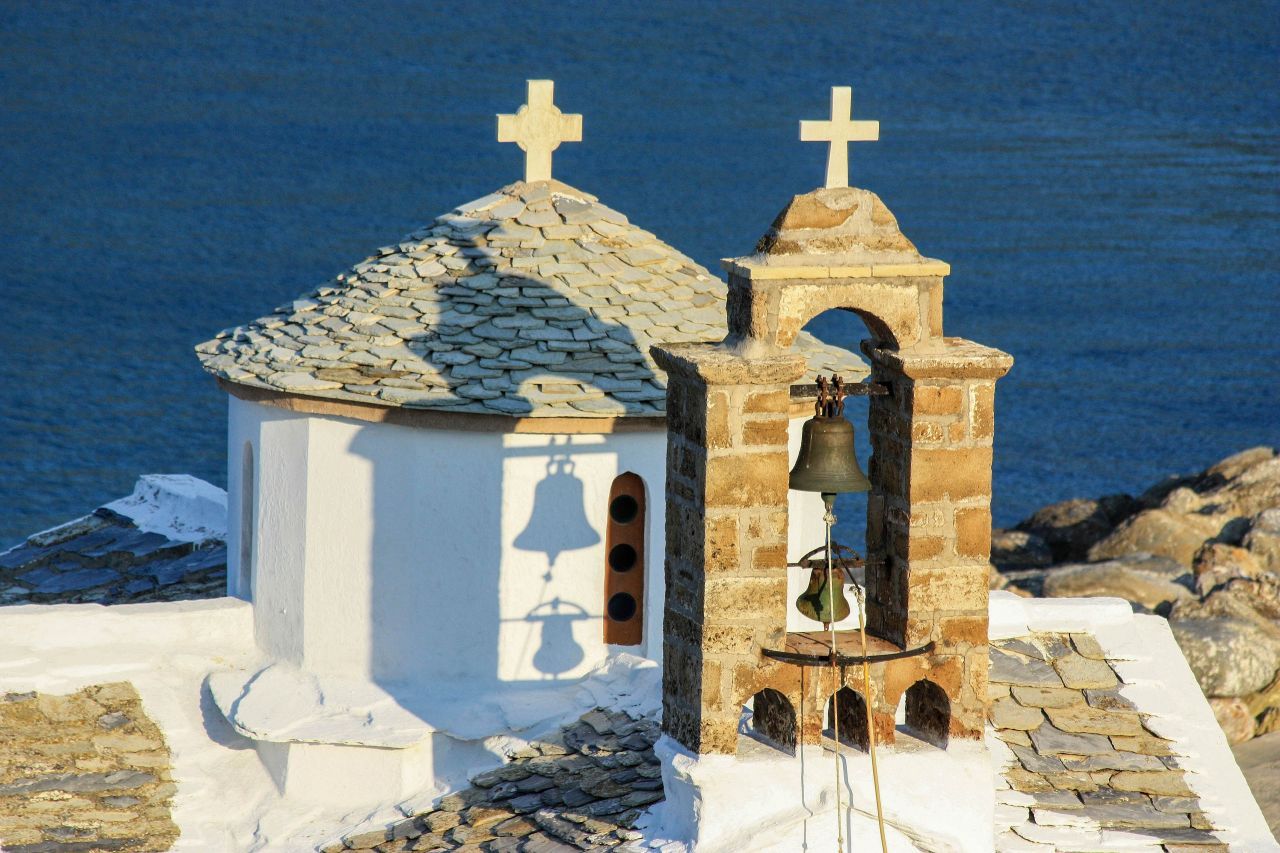
(MySkopelos.EU is best viewed in laptop/ desktop mode)
#MYSKOPELOS
Skopelos Island: A Brief History
Mythological Beginnings
The ancient name of the island of Skopelos was Peparithos, named after the brother of its first inhabitant, Stafylos. According to legend Stafylos was one of the sons of the god Dionysus and his consort, the princess Ariadne of Crete.
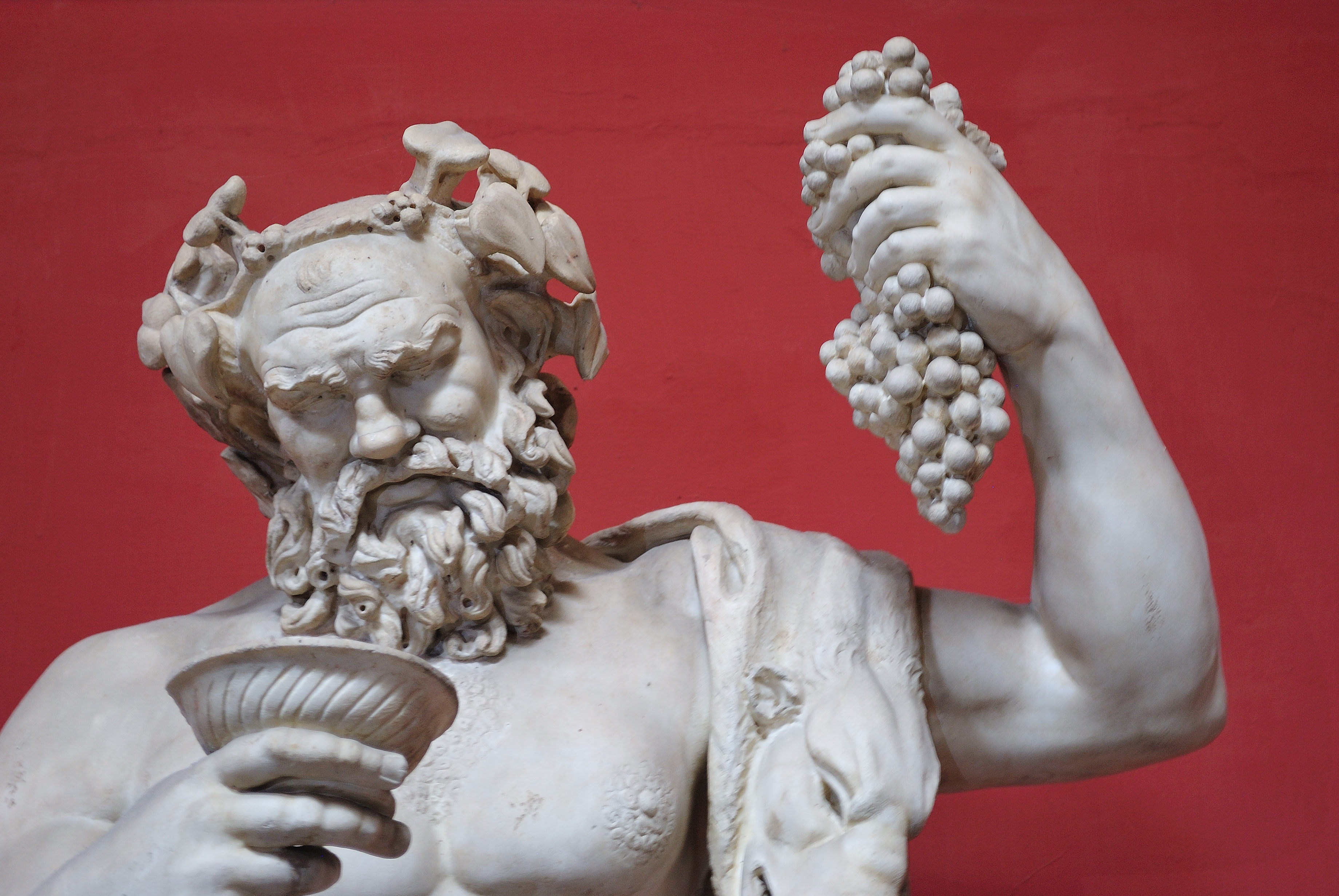
This connection with Crete and the ancient legend of how Princess Ariadne was seduced by Dionysus, has lead scholar to believe that Skopelos was once an outpost of the Minoan civilisation. Archeological findings have confirmed this connection in the form of an ancient sword and grave site found in the Southeastern part of Skopelos Island. These artifacts are attributed to King Stafylos and area still bares his name.
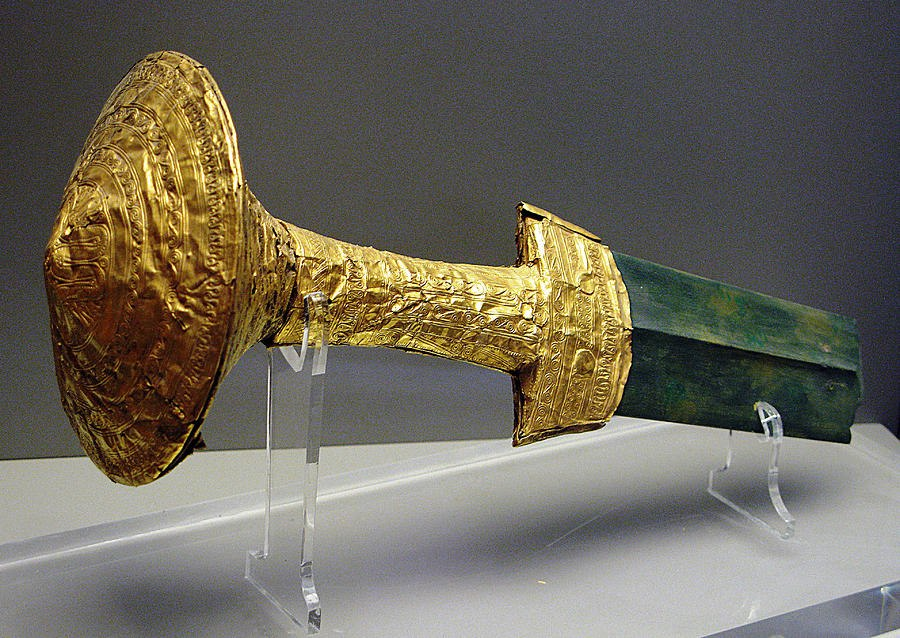
The sword is now displayed at the Archaeological Museum of Athens.

Ancient Times
Following Mycenaean era, there is spare details regarding the island until the 6th to early 5th century, which is known to be a period of prosperity for Paparithos (Skopelos). During this period, silver coins were minted here and trade relations were maintained with other Aegean city-states. The island exported and was famous for its wine and high quality olive oil.

It is also known that an inhabitant of the island, Agnon, participated in the 569 BC Olympic Games. He is recorded to have won a race at the stadium and the bay of Agnondas took its name in his honor.
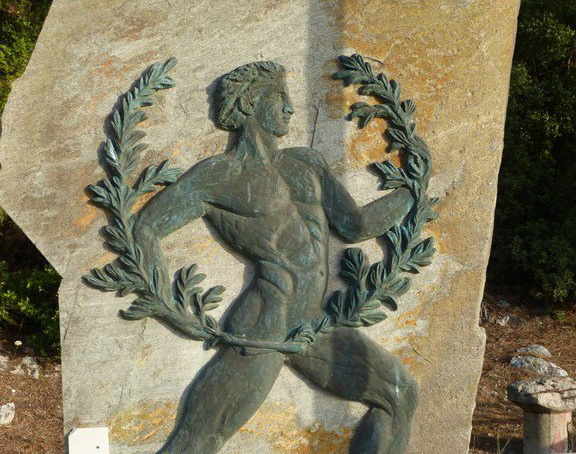
Following the Persian Wars, Peparithos lost its independence and became part of the First Athenian Alliance. In 427 BC, according to the historian Thucydides, Skopelos was hit by a great earthquake accompanied by a terrible tidal wave, due to which many public buildings were demolished.

Then, following a short period under the protectorate of the Spartans, Skopelos joined the Second Athenian Alliance.
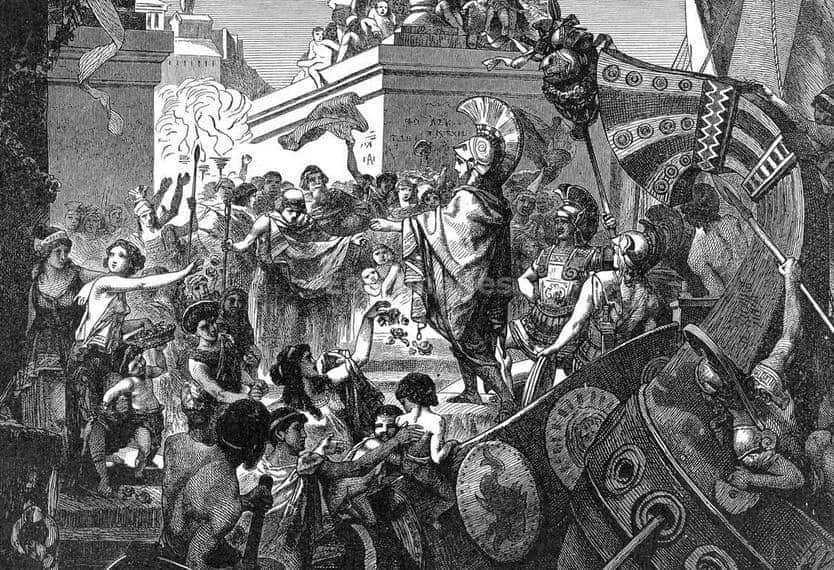
Hellenistic to Byzantine Era
During the Hellenistic period (late 4th - 1st century BC), Skopelos often became an epicentre for conflicts between the Romans and the Macedonians. It is during this period that several temples and fortifications were built in various parts of the island, from which important ruins survive. The wine produced on Skopelos continued to be a key export and it's fame for being both of very high quality and having aphrodisiac properties reached throughout the classical Greek world.

After the Roman conquest and occupation of Greece in 146 BC, Peparithos (Skopelos) seems to have retained some independence, as evidenced by the copper coins minted at that time. The modern name of Skopelos first appeared in the texts of Ptolemy (2nd century AD), and is probably due to the many reefs and shelves that exist around the island.

Christianity developed and spread to the island from an early age. In the 4th century AD the island was dominated by the figure of Bishop Riginos, who contributed to the spread of the new religion in the Northern Sporades. In 363, during Emperor Julian's persecution of Christians, Riginos was killed and the church declared him a saint. Riginos, bishop of Skopelos, is honored as a Saint of the Orthodox Church on February 25 and is the patron saint of the island.

During the Byzantine era, Skopelos seems to have been used as a place of exile. The island is rarely mentioned in sources from this time. After the Fall of Constantinople by the Franks, the island was conquered by the Venetians and was part of the Duchy of Naxos. The island was then invaded and destroyed repeatedly by various forces. In 1453 Skopelos was again occupied by the Venetians and until 1538 it avoided the Turkish occupation. Remains of Venetian rule today are some family names, a few place names and many words in the Skopelos vocabulary.
Turkish Occupation to Greek Independence
In 1538 AD Skopelos is occupied and destroyed by the Turkish chief of staff of the Ottoman fleet, Hairedin Barbarossa. However, the island does not seem to have been completely deserted, because shortly after 1538 there was a flourish of christian church building.
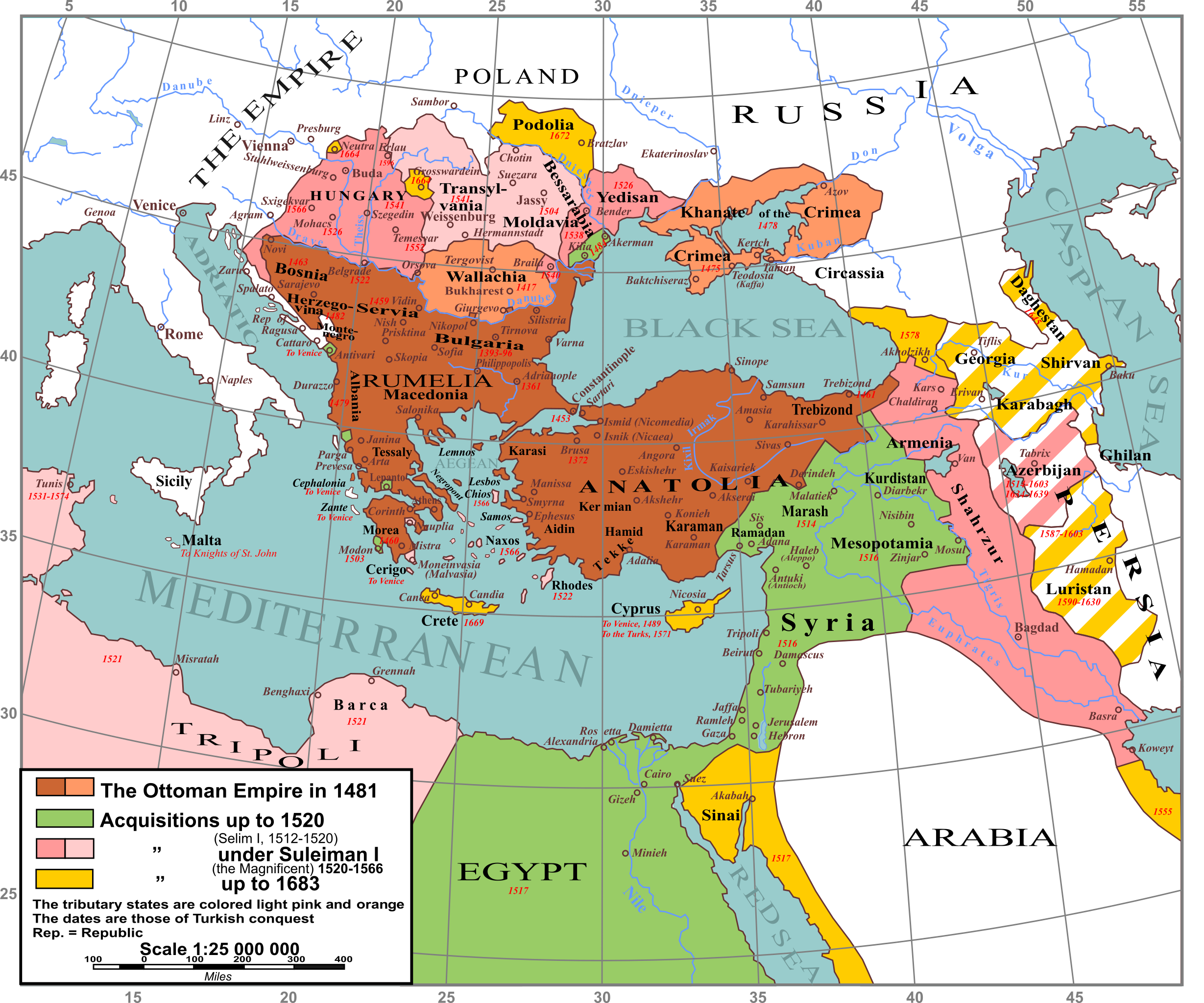
During the years of Turkish rule, Skopelos retained the privileges it enjoyed during the Venetian period and was fortunate not to have a permanent Turkish population on the island. Travelers who visited Skopelos from the 16th to the 19th century. spoke about a well populated city with great economic strength.
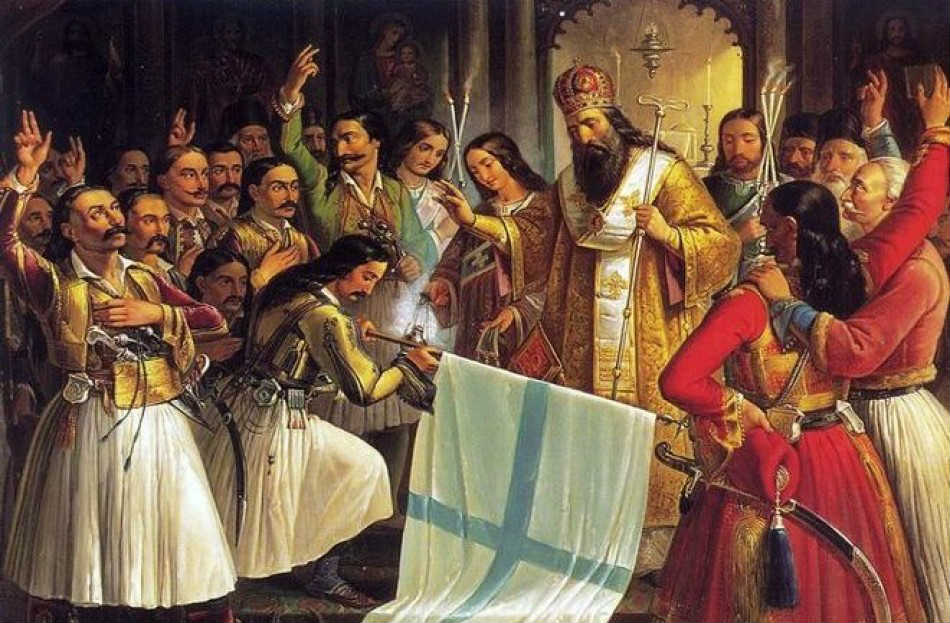
From 1750 Greek militiamen and rebels began to come to the island from Olympus, Halkidiki and Thessaly. In pre-revolutionary Greece, Skopelos was the meeting place for the fleet of Nikotsara and Giannis Stathas (heroic figures from the rebellion). During the Revolution of 1821, Skopelos took an active part in the struggle, and the leaders of Skopelos helped their mainland brothers whenever they needed it. Eventually, Skopelos became part of the first Greek State, in 1830.
Please Help Us!
MySkopelos.EU is maintained by a small team of self-funded volunteers.
If you would like to help us continue our work on the site, please donate whatever you can afford by clicking DONATE Button. You can also help us by buying some of our merchandise via our store.
Thank You for your support!!
(10% of all donations will go to local charitable organisations)
Arts & Events
Arts Foundation:
The Skopelos Foundation for the Arts was established as a non-profit organization in 1999. The mission of the Foundation is to promote the visual, performing and literary arts and education in the arts through cultural exchanges. Guided by the Hellenic history and culture, the Foundation promotes artistic dialogue between the Greek, American and International communities of artists. The studio has a number of creative spaces for hire and regular workshop/ educational events are organised for visitors and residents alike. For more information please visit their website by clicking below:
Film Festival:
The Skopelos International Film Festival for Youth (SIFFY) was first organized in 2009. The festival lasts one week with two days of educational classes based on the yearly theme and then for the following five days students work in teams of seven to nine with a professional filmmaker to create a short film. Since 2009, nine festivals have been organized and were funded by private donors through Kickstarter campaigns. In 2020 they will celebrate our tenth anniversary! Films from various years have been screened in America, Asia and Europe. For more information click on the image below:
Museum:
The Folklore Museum of Skopelos was founded in order to promote the cultural richness of the island and to create a spiritual core worthy of its traditions and history. The collections of the Skopelos Museum consist of a number of traditional handmade embroideries, an excellent collection of ceramics, knives, small faithful ship replicas, paintings and a small collection of agricultural tools and everyday household items. They are open daily morning and afternoon. Please call 2424023494 for more details.
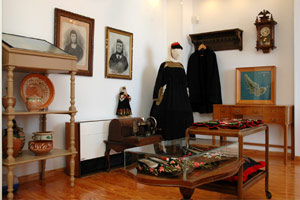
Dance Festival:
The annual Dance Festival is an open celebration that brings together dancers and bands from around the world and helps promote Skopelos as a center of popular culture and tradition. The event takes place in Skopelos Town (Chora) and stretches the full length of the main harbour. Visitors and participants are treated to traditional music, dance and examples of traditional dress from around Greece. For more information about the festival please check out their website by clicking the image below:
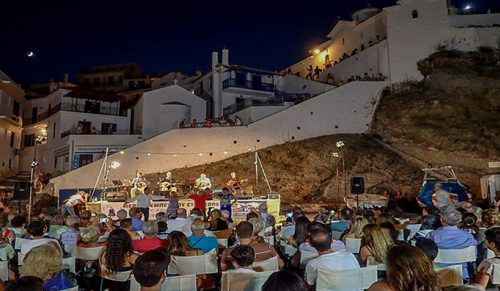
Local Music:
There are regular live music events throughout Skopelos which visitors can enjoy. Many of our restaurants and clubs showcase local performers at no extra cost to their customers. Traditional Bouzoukia and Rebetika music is regularly performed in the major population centres of the island as well as other more modern forms of Greek and international music. For information about upcoming music events on our island please follow us on social media,
Local Produce
Wine:
Skopelos island was known in ancient times for the high quality wine it produced. Unfortunately, a microscopic pest named 'phylloxera' destroyed most of the vineyards of the island and the wine production stopped. Recently, many locals have started producing their own family wine.

Honey:
The dense pine forests of Skopelos and the wide variety of flowering plants is ideal for honey production. There are many local honey producers that provide a high quality product. Local honey can be bought at many grocery stores across the island or directly from the producers. Just ask at our stores or restaurants for contact information if you would like to buy this deliciously sweet natural product.

Olive oil:
Skopelos has historically produced a high quality extra virgin olive oil. Many locas still produce their own olive oil from their family fields. There are two olive factories on Skopelos island, one is located near Skopelos main village (Chora) which belongs to the agricultural association and the other is in Glossa and belongs to a local olive oil producer. In both locations, locals can go and process their olive oil. Pitted and preserved olives are also produced locally and are available in most restaurants and many local grocery stores.

Beer:
The last few years young locals have created the island's first artisanal beer collection. For more information please visit the brewery's Facebook Page.
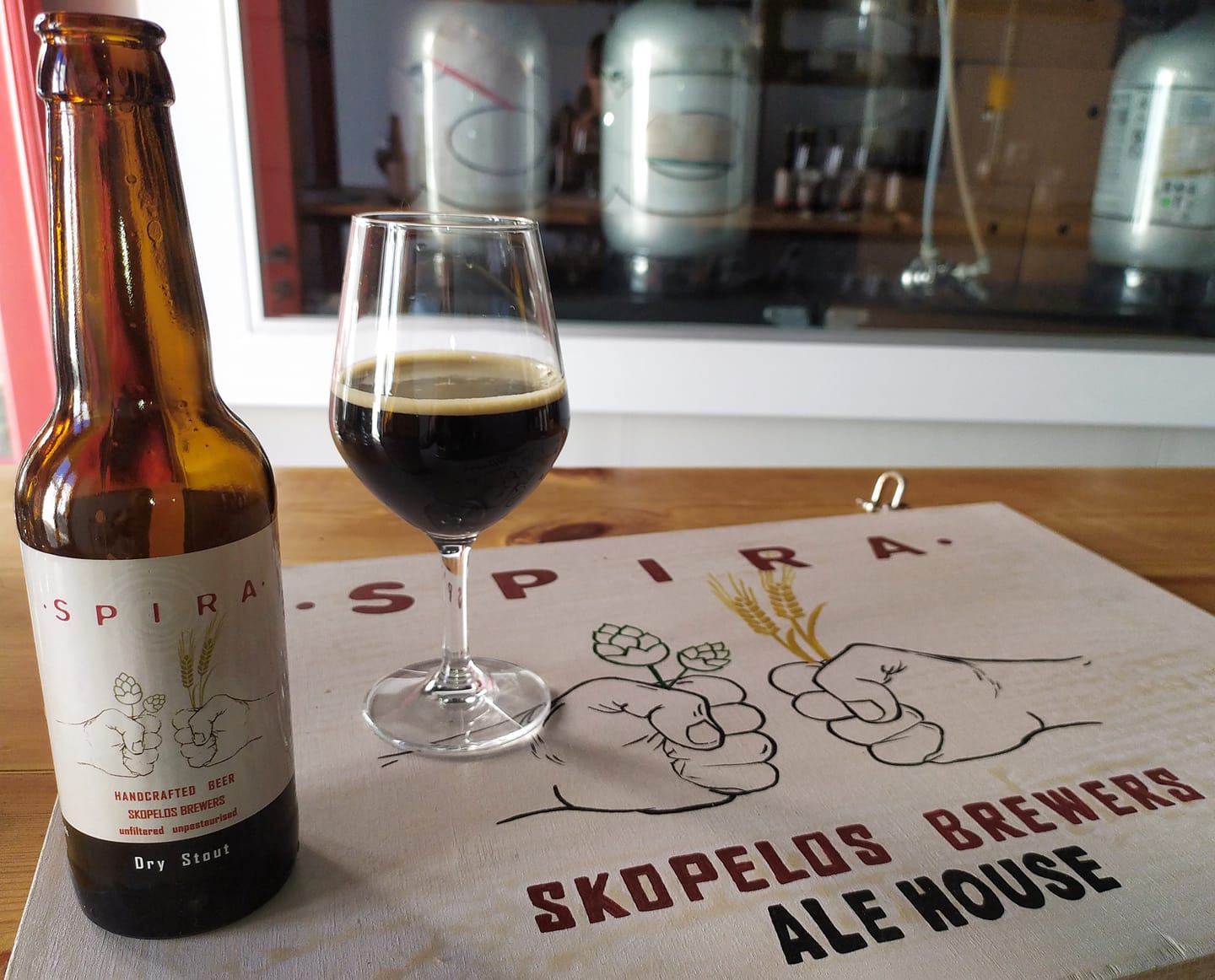
Soap:
Skopelos Island is home to a number of traditional soap and cosmetics producers. Their products are available in stores throughout the island. Their products use the finest natural materials from sustainable sources available on the island.

Goat's feta cheese:
One of the most common sights on Skopelos is our local goat herders moving their flocks around the mountainsides. While this might slow traffic from time to time, it also provide locals and visitors with a fresh source of excellent quality cheese. This cheese is used in the famous Skopelos cheese pie. Visitors can buy cheese directly from local goat farm owners and Skopelos cheese pie is available from almost all bakeries and restaurants.

Prunes:
Throughout Skopelos island there is a local variety of prunes which is known for its unique egg shape. There are several local companies that sell dried prunes around the island. Their is also a sour type of plum which is used in local recipes that visitor can taste in many restaurants on the island.

Local sweets:
The famous Avgato, a sweet whole fruit preserve, is made of Skopelos prunes and syrup. The name means 'egg shaped' and comes from the shape of the prunes. The other main locally produced sweet is called Chaimalia. These are small sweets made of almonds, rose water and icing sugar. They are offered on special occasions and visitor can taste them for free on almost all local festivals.

